7. Valerie and her Week of Wonders (1970)
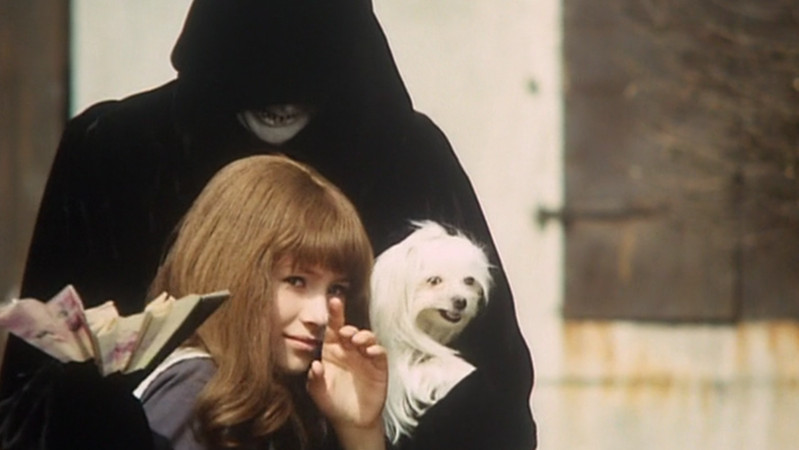
Jires’ erotic, surrealist 1970 film is based upon Nezval’s equally bizarre 1945 novel of the same name. Exploring many of the gothic themes prevalent within the novel, the film weaves together an intoxicating blend of fairytale elements— the intertwining of fantastical dreams, religion, horror and reality to produce one of the strangest and most surreal films of all time.
Starring Jaroslava Challerova as the titular ‘Valerie’, the film depicts the heroine’s surreal, dream-like encounters with vampires, lurking men and priests captured by stunning photography. Filmed in the Czech town of Schallerova, the film taps into fears of the human imagination— evoking an eerie blend of the horror, coming of age and fantasy genres and drawing inspiration from such fairytales as Little Red Riding Hood and Alice in Wonderland.
A melding together of fairytale stories into one dynamic, wildly surreal tale makes Jires’ film a top contender for not only one of the greatest fairytale films of all time but also perhaps the greatest surrealist film of all time.
6. Beauty and the Beast (1991)
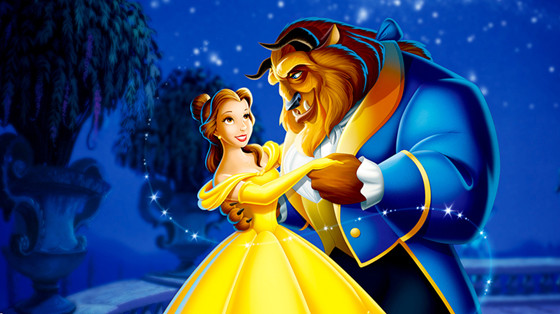
In 1991, Disney once again produced one of the most magical and romantic animated features to ever grace the silver screen. Like Cocteau’s film, Disney’s film is based upon Leprince de Beaumont’s classic fairy tale of love between the beautiful Belle and the arrogant but kind-hearted Beast— a prince punished by his transformation as a monster.
Unlike the 1946 French classic, Disney’s film takes a much more musical approach to the tale; utilising the songs of Menken and Ashman—of whom the film is dedicated (his death occurring eight months before the release of the now-classic), the animated film features some of Disney’s most beloved songs.
Featuring the voices of Angela Lansbury, Paige O’Hara and Robby Benson, the magical music of the film combined with the masterful and beautifully artistic animation— typical of films produced within Disney’s “Renaissance” period, see for it to be regarded as one of the greatest animated features of all times.
Its success— earning widespread critical acclaim, spawning two follow-ups and the Golden Globe for Best Musical Picture, saw for its induction into the National Film Registry in 2002; the film will however continue to enter the hearts of audiences around the world for many years to come.
5. Alice (1988)
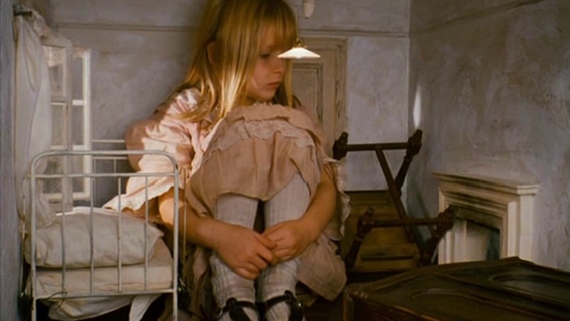
Svankmajer’s surreal 1988 interpretation of Lewis Carrol’s 1865 classic ‘Alice’s Adventures in Wonderland’ tells the story of Alice’s bizarre adventures down the rabbit hole and into the unfathomable dream world of wonderland— a macabre yet beautiful wonderland that exists only in nightmares in comparison to the sugary Disney classic.
Employing stop motion animation and live action, the film shows the “real” Alice in live action on the one hand and on the other— the fantastical, dream-world of illusion that she comes to encounter is expressed through animated stop motion creations made of metal, meat and various other items.
The film employs an experimental mix of film-making styles to make for a dark, surrealist sphere of wonder and one of the strangest and most abstract, artistic adaptations of the classic story ever brought to the screen.
4. Pan’s Labyrinth (2006)
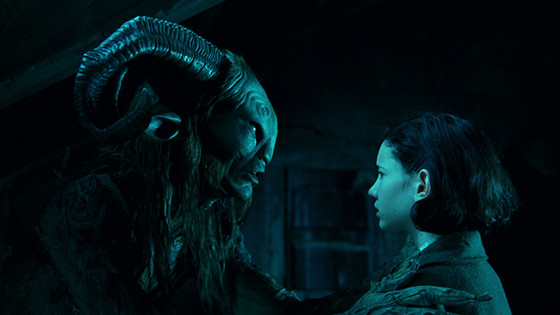
A masterpiece of modern cinema, Del Toro’s ‘Pan’s Labyrinth’ not only embodies the hidden darkness that exists within the fairytale realm but also reminds us of the darkness that is present before our very eyes. The dark fantasy unveils a mystical world that can only be fathomed through the eyes of a child; in the instance of the film— Ofelia.
Dominated by an abandoned, decaying labyrinth, it is a world of monstrous toads, a strange, ambiguous faun, mystical fairies and most notably— of a frightening, child-eating pale man who trudges through the narrow halls of our nightmares; his villainous nature— matched only by Ofelia’s psychotically cruel stepfather Captain Vidal.
It is a frightening dream world that exists within an equally nightmarish war-time reality for Ofelia; set against the chaotic backdrop of fascist Spain during the 1940s, Del Toro— intertwines the spheres of fantasy and reality to reveal two frightening realities.
Strongly influenced by the characters, themes and images that inhabit the stories of classic fairy tales, the film is considered by Del Toro himself as a parable that reiterates of that which we fear most as existing not only within the world that seemed only fathomable within childhood, but also— in our “real” world.
3. The Red Shoes (1948)
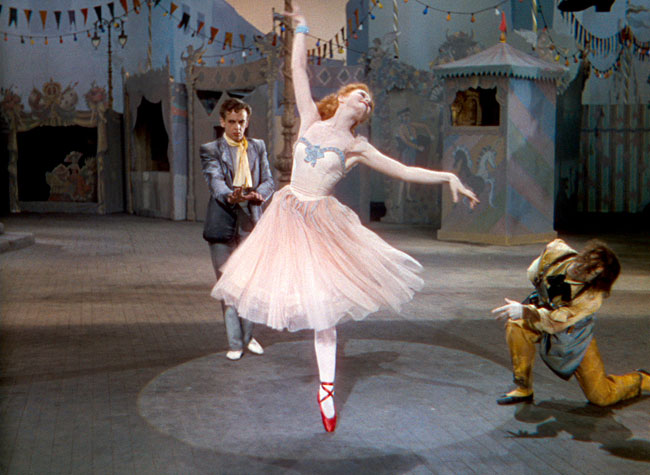
The much celebrated partnership of Michael Powell and Emetic Pressburger during the 1940s and 1950s produced numerous films which are now considered to be some of the greatest classic British films of all time.
Of these films, their 1948 masterpiece ‘The Red Shoes’ is considered one of the most visually stunning, landmark dance films in history; the rich, technicolour visuals, astonishingly beautiful dance scenes and spectacular cinematography see for the film to also be celebrated as one of the most influential of all time.
A masterful cinematic icon, Powell and Pressburger’s film has been cited as a profound influence upon some of the greatest filmmakers of the modern era including Martin Scorsese, Brian De Palma and Francis Ford Coppola. Employing the story within a story device, the hypnotic film is based upon Hans Christian Andersen’s classic fairytale and follows the story of a ballet dancer, played the glittering Moira Shearer— the lead in a cast of renowned dancers including Robert Helpmann, Ludmilla Tcherina and Leonide Massine.
Shearer wonderfully portrays Vicky’ as the young ballerina who becomes lead dancer of her company’s ballet ‘The Red Shoes’; her journey from unknown dancer to dazzling star is challenged by romance; the distraught Vicky being torn between a brilliant young composer, Julian Craster—played by Powell & Pressburger favourite Marius Goring, and the charming impresario, Lermontov— played by the great Anton Walbrook.
Further conflict between her desire to dance and deep love for Julian sees for the film to end in tragedy— drawn from the distressing and bloody ending of Hans Christian Anderson’s original tale.
2. Beauty and the Beast (1946)
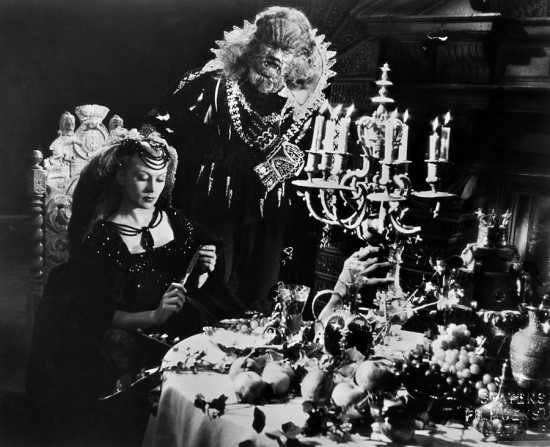
Long before Disney, influential artist, poet and filmmaker Jean Cocteau brought to life perhaps the most beautiful adaptation of Leprince de Beaumont’s charming fable. The classic tale of true love uniting the paradoxical hearts of Beauty/Belle— played by the charming Josette Day and Beast— portrayed by French film icon, Jean Marais, is timeless in its beauty.
Cocteau’s bewitching film tells the story of Belle’s entrapment within Beast’s palace— having offered to take the place of her rose-plucking father. As time passes, faithful to the original tale, Cocteau depicts Belle as softening the Beast’s cold heart, unlocking his gentle soul with the “quintessentially fairytale” key of love.
A soul of which eventually comes to depend on love as a source of life, at one point a distraught Beast is witnessed to be on the verge of death from his fragile, broken heart. Cocteau’s exquisitely crafted film brims with metaphorical imagery, opulent interiors, and stunning visual effects; the combination of this trio evoking a dreamy atmosphere of which pervades throughout the film.
A must-watch for all lovers of film, Cocteau’s mastery of story-telling sees for his ‘Beauty and the Beast’ to be perceived as arguably the best fairy-tale film of all time. His visually intoxicating masterpiece is considered not only a landmark in the film genres of fantasy and romance but is also more generally considered one of the greatest of all time.
1. Snow White and the Seven Dwarfs (1937)
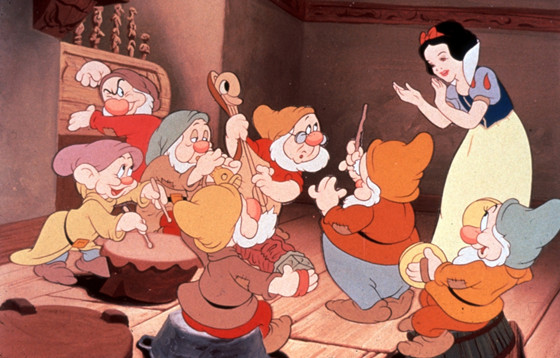
An icon of American animation, Disney’s adaptation of the Grimms’ brother’s classic fairy tale remains not only one of the first but also one of the greatest animated feature length films of all times. Drawing from the classic 1812 tale, the film tells the tale of a princess “skin as white as snow, lips as red as blood, and hair as black as ebony” of whom is trapped as a scullery maid by her wicked stepmother— the Queen.
The Queen’s jealousy— ordering for the death of the princess, causes her to flee to the woodlands; it is within the fantastical forest that she is befriended by magical woodland creatures and seven dwarves— each named and typified by their prevailing emotion.
Featuring the classic elements of the poisoned apple, a ghastly, wicked witch, a magic mirror, a “true love’s” first kiss, a damsel in distress and a handsome prince, the film encapsulates many of the quintessential aspects of the fairy tale genre and does so in spellbinding and beautiful manner.
Disney’s more tame and family friendly adaptation of the fairytale lacks some of the more gruesome and sinister undertones that are prevalent within the original story but instead wonderfully employs memorable songs, stunning animation and painstakingly beautifully drawn characters that have seen the film bewitch child and adult audiences alike and more crucially— cemented it as one of the most remarkable and beloved classic animated films of all time.
Author Bio: Rita is a student from Sydney studying a dual degree in Commerce and Arts. An avid film, art and music enthusiast (and lover of all things obscure, nostalgic and strange), she is often found immersing herself within the world of film. Aside from pretentiously gorging herself on the works of Tarkovsky, she enjoys reading, travelling and hoarding postcards.